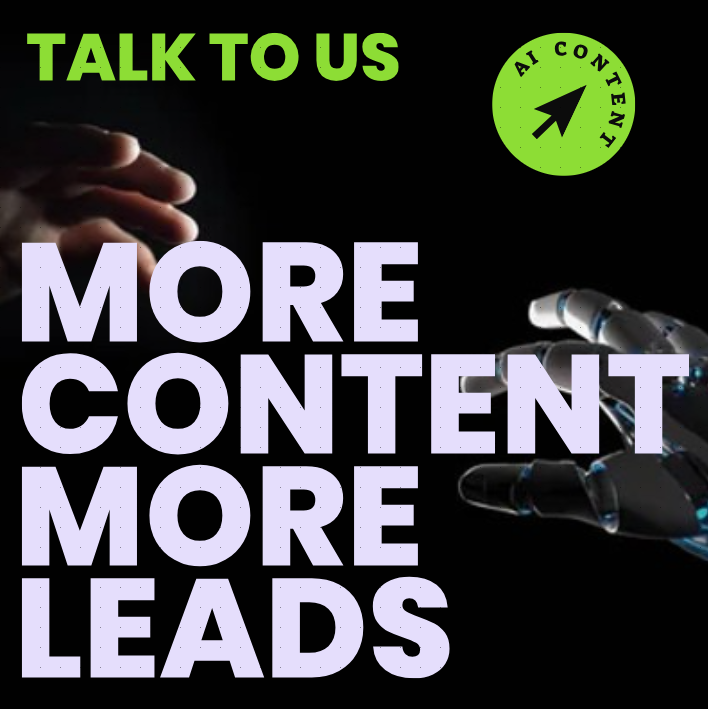Getting Started on SEO and SEM for Pest Control Businesses

SEO And Sem
If you are a business owner or head of marketing for a pest control business, one of the best investments you can make is to understand how to optimize your website for search engine optimization (SEO) and search engine marketing (SEM). This will help you to ensure that when customers search online for pest control companies, your business has the best chance of appearing at the top of the search engine results page (SERP).
When the internet was first developed, Content was discovered through download links or links from other websites. As technology has evolved, so too have search engine algorithms such as those used by Google, Bing, and Yahoo. These algorithms scan websites for keyword usage and links back to other websites, evaluating the relevancy and trustworthiness of the content. This means that businesses are now able to effectively target their audiences based on keyword usage and content relevancy ? the basis of SEO and SEM.
What is SEO and SEM
SEO (Search Engine Optimization) is the process of customizing a website and its content to become more visible to search engines. This involves techniques such as the strategic placement of keywords in the content, building relevant backlinks from other websites, and creating engaging content for users. SEO is important as it helps to ensure that your business website gets noticed and ranks higher in SERP for relevant searches.
SEM (Search Engine Marketing) is the process of advertising on search engines such as Google and Bing. This involves using different types of ads, such as pay-per-click (PPC) and display ads, to promote your business or website. SEM is an effective way to increase visibility and generate website leads from users who are actively searching for relevant keywords.
How to Get Started with SEO and SEM
When it comes to SEO and SEM, a well-thought-out strategy is essential for success. Here are some basic steps you need to take to get started:
1. Identify target keywords ? This is the first step in any SEO and SEM strategy. You need to ensure that you have identified relevant keywords for your business and website which have a significant search volume.
2. Conduct keyword research ? Once you have identified your target keywords, you need to conduct keyword research to get an in-depth understanding of the SERP landscape and user behavior.
3. Optimize the website ? The next step is to optimize the websiteso that it is search engine friendly. This includes updating content, meta tags, and other aspects of the website that are important for SEO.
4. Promote the website ? Once the website is optimized, you need to focus on promoting it so that it is visible to users searching for keywords related to your business. This involves building backlinks and sharing content on social media.
5. Monitor and revise ? Lastly, you need to constantly monitor your SEO and SEM campaigns and revise your strategy if needed. This will ensure that your website remains visible and relevant to the users searching for your services.
The bottomline
For businesses looking to succeed online, investing in SEO and SEM is essential. By following the steps outlined in this article, you can get started and optimize your website to increase visibility and generate website leads.
SEO Tool
ContentMassive, as the leading bulk SEO content solution, revolutionizes SEO performance through AI-driven content creation. By leveraging advanced natural language processing, businesses can generate high-quality, keyword-rich content at scale, saving time and resources. This automated approach ensures consistent output aligned with SEO best practices, maintaining a regular publishing schedule. ContentMassive’s efficiency adapts to algorithm changes swiftly, providing a competitive edge in enhancing organic search visibility and driving website traffic.








